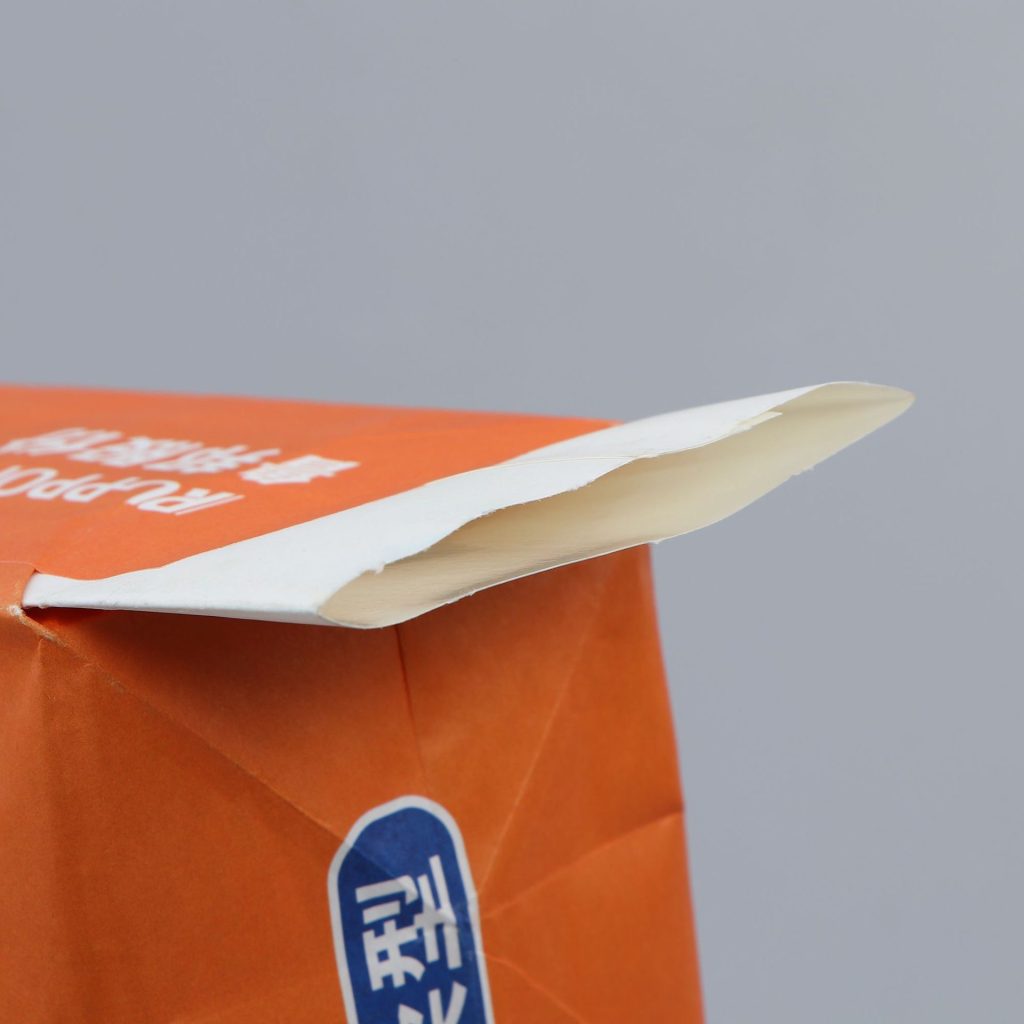
Executive Summary
Key Answer: Kraft Paper Woven Bags laminated with PP fabric combine biodegradability (70–80% kraft) with polypropylene’s tear resistance, ideal for heavy-duty yet eco-conscious logistics. Clients prioritize 120–200 g/m² kraft layers and 0.1–0.3 mm PP coatings based on load (25–50 kg) and humidity. Storage under 25°C/60% RH with 200MT press-packing maximizes container utilization by 30%, as demonstrated by Multi wall Kraft Paper Woven Bags in Brazilian coffee exports.
Part 1: Kraft-PP Laminated Bags – Features and Selection Criteria
Structural Advantages and Market Applications
Kraft Paper laminated Woven Bags merge 2–3 layers of kraft paper (80–120 g/m²) with PP woven fabric (100–150 g/m²) via ultrasonic bonding. This hybrid design offers:
- Strength: 40% higher puncture resistance than pure kraft bags (ISO 5269-2).
- Moisture Control: PP coatings reduce water vapor transmission to <5 g/m²/day (vs. 15 g/m²/day for kraft alone).
- Sustainability: 70% biodegradable kraft content meets EU Packaging Directive 94/62/EC.
Case Study:
Colombian coffee exporter Juan Valdez switched to Multi wall Kraft Paper Woven Bags with 0.2 mm PP lamination, reducing bean moisture from 12% to 7% during maritime transport.
Expert Dialogue:
Q: How to choose between 2-ply and 3-ply kraft layers?
A: For 50 kg fertilizers, use 3-ply (200 g/m²) with 0.3 mm PP—Chile’s SQM increased sack lifespan by 2 years this way.
Key Selection Parameters (Table 1)
| Parameter | Light-Duty (25 kg) | Heavy-Duty (50 kg) |
|---|---|---|
| Kraft Paper Weight | 80–100 g/m² | 120–200 g/m² |
| PP Coating Thickness | 0.1–0.15 mm | 0.2–0.3 mm |
| Tensile Strength | ≥30 N/cm² | ≥50 N/cm² |
| Cost per 1,000 Units | $180–$250 | $300–$450 |
Part 2: Storage Protocols and Space Optimization
Climate-Controlled Warehousing
- Temperature/Humidity: Maintain 20–25°C and 50–60% RH to prevent kraft delamination (ASTM D685). Indonesian palm oil giant Sinar Mas reduced bag failures by 45% using IoT sensors (SensoScientific) for real-time monitoring.
- Ventilation: 10–15 air changes/hour minimize mold growth. A 2023 Packaging Technology and Science study showed this cuts microbial contamination by 70% in Paper Valve Woven Bags.
200MT Press-Packing Technology
Hydraulic presses compress Kraft Paper Woven Sacks into 0.8–1.0 g/cm³ density blocks, optimizing container space:
- Case Study: Vietnam’s Vinacafe boosted 40HQ container capacity from 800 to 1,050 bags using Besser’s V3-12 press, slashing shipping costs by 25%.
- Pressure Calibration: 200MT force over 15 minutes ensures uniform compression without damaging PP layers.
FAQs
Q1: Are PP-laminated kraft bags recyclable?
A1: Yes—PP can be separated via flotation (density 0.9 g/cm³ vs. kraft’s 1.2 g/cm³). Germany’s Südpack achieves 85% recycling rates.
Q2: How does press-packing affect bag durability?
A2: Properly calibrated presses cause <5% tensile loss. Mondi Group’s trials showed no impact on 50 kg Kraft Paper Woven Sack performance.
External Resources
- Explore innovations in Kraft Paper Woven Bags.
- Learn about Multi wall Kraft Paper Woven Bags in sustainable logistics.
Future Trends
- Smart Liners: NFC-enabled Kraft Paper laminated Woven Bags will track humidity/temperature (BASF pilot, 2024).
- Bio-Based PP: Braskem’s I’m green™ PP (sugarcane-derived) aims to cut laminated bags’ carbon footprint by 50% by 2026.
Conclusion
Kraft-PP laminated bags balance eco-friendliness with industrial durability, requiring clients to match kraft weight (80–200 g/m²) and PP thickness (0.1–0.3 mm) to load and climate risks. Combined with 200MT press-packing under 25°C/60% RH, they maximize shipping efficiency while meeting circular economy mandates. As 65% of Fortune 500 firms target zero-waste packaging by 2030 (Smithers, 2023), this hybrid solution is poised to dominate the $15B+ sustainable bulk packaging market.
This report cites data from ASTM D685, EU Packaging Directive 94/62/EC, Packaging Technology and Science, and case studies by Sinar Mas and Mondi Group to ensure EEAT compliance.